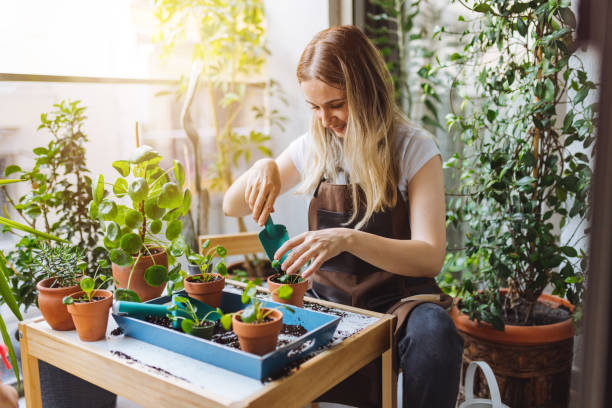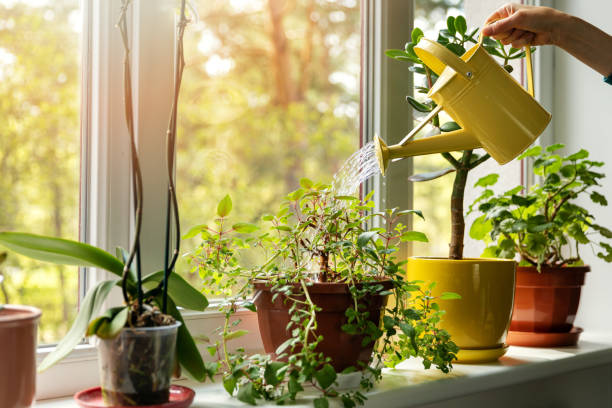In order for houseplants to live a long time, it needs proper care and avoidance of common mistakes. Consequently, we have the most important tips for watering flowers and plants. This is how the different plants grow and thrive and ensure a more comfortable atmosphere in the apartment.
Observe important information on watering plants
Essentially, you should differentiate between garden plants, potted plants, and indoor plants, because the different plants do not always need the same care. Many garden plants are more robust than some houseplants and not every place is suitable for every plant. Incorrect watering can lead to the decay of the plants.

1) Water flowers as needed
If you water too little, the plant will dry up. On the other hand, you must not water the flowers too much, otherwise, the roots will rot. But when the plants need water is difficult to estimate, since all flowers have different water requirements. You also have to consider the location. Accordingly, you can observe the following points for watering plants. Or find out about the requirements, the best location, and the water requirement when you buy the flowers. Because the care of orchids is different than that of the popular ivy.
- the appearance of the plant. When the leaves droop and the plant looks thirsty, it’s high time to water.
- location crucial. Depending on whether your plant is outdoors or indoors, other influences, such as weather conditions, need to be considered.
- Observe weather conditions. If it’s very hot, the plant may need more water than usual.
- Use pot size as a guide. The smaller the vessel, the more often you have to water. But also here the weather conditions have to be considered.
- Watering at intervals can be helpful. Try watering your plants once a week and see how they do.
2) When watering avoid waterlogging
Avoid waterlogging of all plants. It doesn’t matter whether it’s bedding, pot, or house plant. Consequently, use loose potting soil or substrate, if necessary you can loosen the soil with sand. Also, only use tubs or pots with holes so excess water can drain away. You should also empty the pots and saucers regularly. The soil in the flower bed must also be loosened more often, otherwise, the soil will become encrusted and the flower will not get enough oxygen. Therefore, apply a mulch layer, because this way the water does not evaporate as quickly and the soil does not heat up too much.
3) Sparing watering is beneficial
The substrate is usually used in flower pots and it must not be soaked under any circumstances. However, the moisture content is easy to measure with small wooden sticks, if soil sticks to it, the soil is still moist enough and does not need water. However, if the soil is dry, then it needs to be watered. But here, too, small amounts are helpful, as water can always be added. Under no circumstances should you water so much that the water runs out of the drain holes. Also, note tips for planting and watering roses.
4) More water in the growth phase
When the plants are in the growth phase and are in bloom, they have an increased water requirement. They also need more water if the planter is heavily rooted. Of course, the temperature also plays a role, in the hot summer months flowers simply need water. The temperature of the irrigation water should be right, so just let the sun warm the water up a bit. Thus, the flowers do not suffer a cold shock. In contrast, learn how to dry and press flowers.

5) The best time to water plants
There is no fixed time for watering the flowers. However, you should water plants in the morning or evening. Accordingly, do not water the leaves during the hours of sunshine, because every drop of water acts as a magnifying glass and would damage the foliage. Of course, you have to water the plants copiously during the growth phase, while the plant can cope with very little water during the winter. If you water too much or too little, the flower will quickly droop its leaves and the bloom will also shrivel up. Therefore, check the moisture content of the soil beforehand. This is the best way to determine if the plant needs water.




